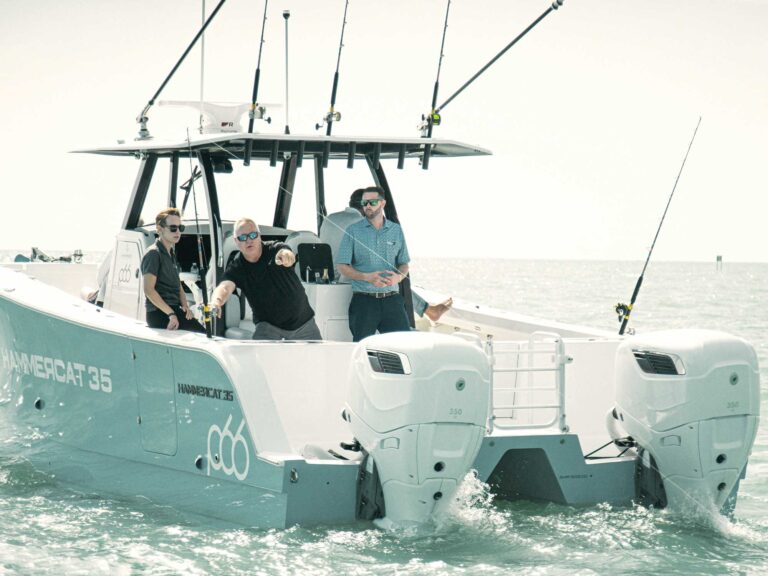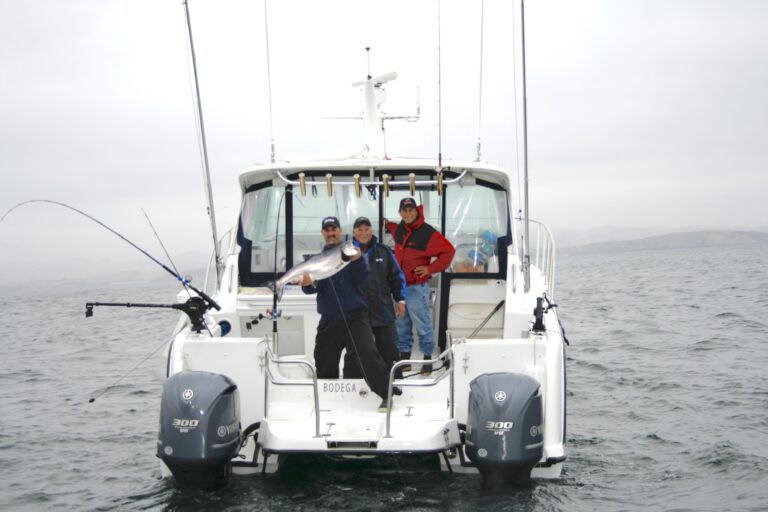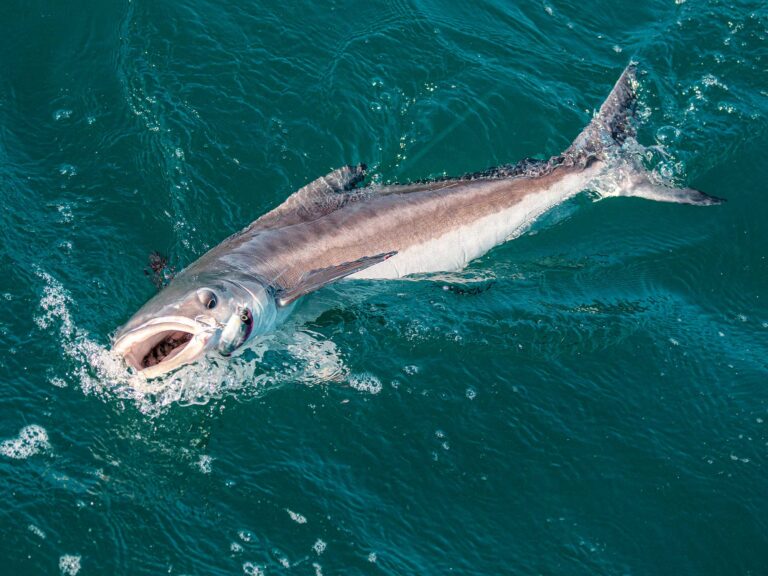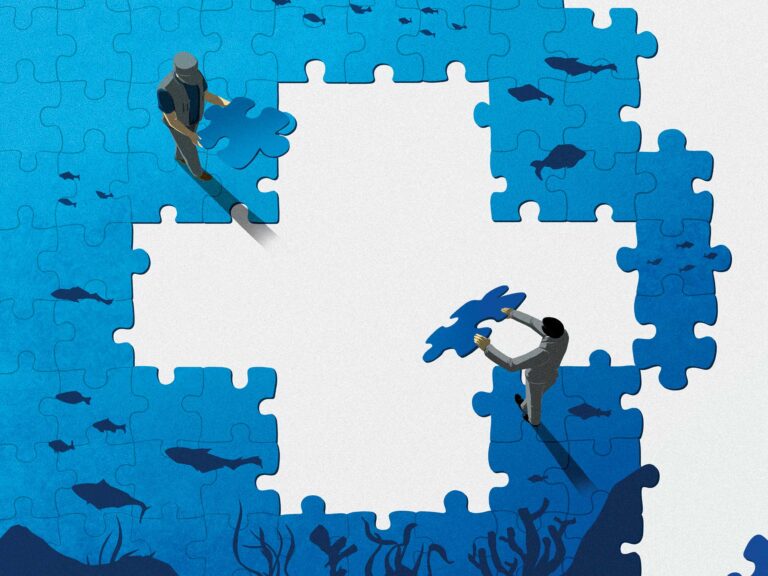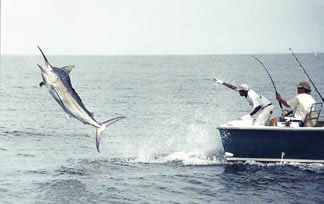
Watching other people catch fish – if you ask any of my fishing buddies, they’ll tell you this is an area in which I excel. So it seemed only reasonable that I take this aptitude and add to it a working knowledge of International Game Fishing Association (IGFA) rules and the skills to visually identify different species of billfish under the fast-paced, challenging and potentially stressful conditions of big game tournaments.
This is precisely the purpose behind the IGFA Observer Training Course, which I attended February 21, 2009 in Newport Beach, California. This full-day course equips people from all walks of life to serve as onboard “referees” in big game fishing tournaments around the world. Who would want to do this? According to IGFA’s Jason Schratwieser, who runs the program, about 1,200 people so far have completed courses held in six different countries, six different U.S. states as well as U.S. territories. Among the students in our class was a man who traveled all the way to from Washington state.
Perhaps the more potent question is, why would anybody want to do this? There are several reasons, actually, with conservation at the top of the list. Trained observers can verify tournament catches of target billfish while the fish is still alive. This has allowed more tournaments around the world to switch from big fish “kill” formats to rewarding the most billfish releases. This is already reduced the number of big dead marlin hung up at the docks, and the concept has the potential for expansion to other species such as tuna and sharks. Observers also ensure that tournament participants follow angling and tackle rules prescribed by IGFA as well as the tournament itself.
Looking at if from a more personal perspective, trained observers get the opportunity travel to exotic locales and be aboard amazing yachts with some of the best captains and crews in the world. For an avid offshore angler and/or boat owner, the learning opportunity itself is worth its weight in gold. Which expenses you have to cover and what the tournament covers varies from event to event; often lodging, meals and social events are covered for observers who can get themselves to the tournament site. The West Coast students joining me this day could conceivably get hooked up with a tournament “gig” in Cabo San Lucas, Kona or somewhere off Costa Rica, for example.
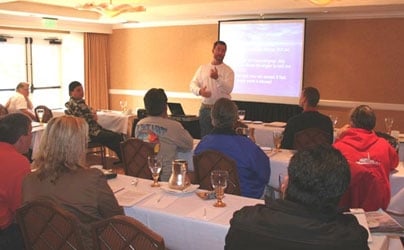
The class, taught by Schratwieser, is very informative. For those that think spending a Saturday trapped in a hotel meeting room sounds about as much fun as traffic school, don’t worry. Get a group of anglers together and you’ll soon find out the next best thing to actually fishing is talking about fishing.
Instruction includes IGFA rules and fishing regulations, along with what observers are and aren’t supposed to do (you’re there to observe and report back to tournament directors – not be a judge or disqualify fish). There could be big money or just big egos at stake; either way, you don’t want to get in the middle. In catch and release tournaments, observers may be required to identify billfish “on the fly” (literally) during a fight that may last only a few minutes and provides only quick glimpses of the fish. A good amount of instruction is dedicated to learning the subtle visual clues that, to the trained eye, clearly differentiate a black marlin from a blue from a striper – even if the fish does its best to hide. After learning these keys to the appearance and behavior of blues, blacks, stripers, white marlin, sailfish, swordfish and spearfish, we had to identify the species in quick video snippets shot during actual cockpit chaos.
Let’s just say it’s not as easy as it sounds. I plan to continue my studies using the printed and DVD support materials the course provides.
This program has no set schedule of events. What it takes to set one of these courses up is 20 or so interested people and a “man on the ground,” said Schratwieser. Our event, for example, was coordinated by John Riordan, who sits on the Board of Directors of United Anglers of Southern California. This person works with the IGFA to make the arrangements for a site, get the word out, etc. Cost per person is $150 per student, which goes to cover cost of the room, travel, refreshments, course materials and other expenses.
Those interested in setting up a training course in their area need only get the ball rolling by calling Jason Schratwieser at (954) 924-4320 or emailing jschratwieser@igfa.org.





